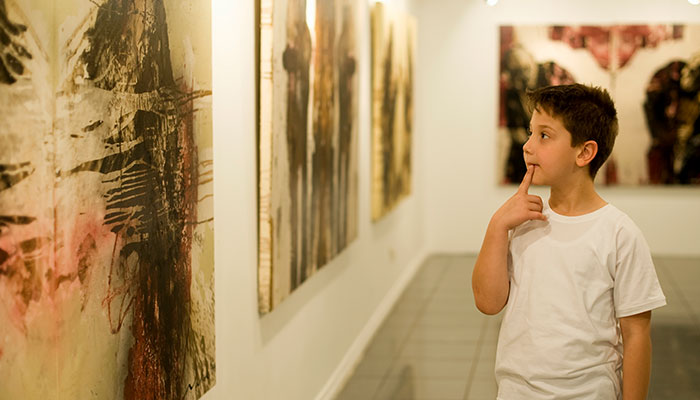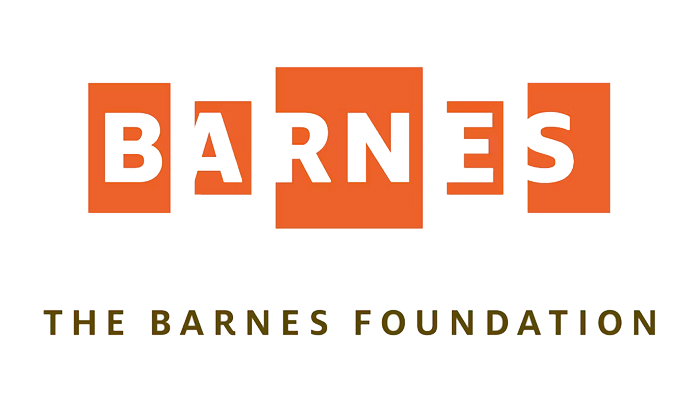While we believe that the books and resources recommended may be of value to you, keep in mind that these are suggestions only and you must do your own due diligence to determine whether the materials are appropriate and suitable for your use. PNC has no sponsorship or endorsement agreement with the authors or publishers of the materials listed.
ELEMENT OF ART

Observing Art
Children will make observations about art.

Lesson Objective
Children will observe and interpret art by carefully looking at works of art.
Art
What You'll Need
- Image from the Barnes Foundation: Download Laundry (Le Linge) by Édouard Manet
What To Do
- Display the image of the painting, Laundry (Le Linge) by Édouard Manet.
- Tell the children that they will be using the painting to learn how to observe works of art.
- Discuss what can be learned about art by carefully observing the work of art (see Did You Know?).
- Have the children look very carefully at the painting and tell their observations.
- Ask the children to describe the colors used in the painting.
- Ask what they think is happening in the painting and how they know (see Guiding Student Inquiry).
- Discuss how the child in the painting is helping. What are they doing?
- Ask the children how they help at home and at school.
- Talk with the children about how doing laundry in the painting is different from how laundry is done today.
Resources
Home School Resources
Home educators: use these printable lesson PDFs to teach this lesson to your home schoolers. They're available in English and Spanish.
Content Provided By
Common Core State Standards Initiative – These lessons are aligned with the Common Core State Standards ("CCSS"). The CCSS provide a consistent, clear understanding of the concepts and skills children are expected to learn and guide teachers to provide their students with opportunities to gain these important skills and foundational knowledge [1]. Visit the CCSS


